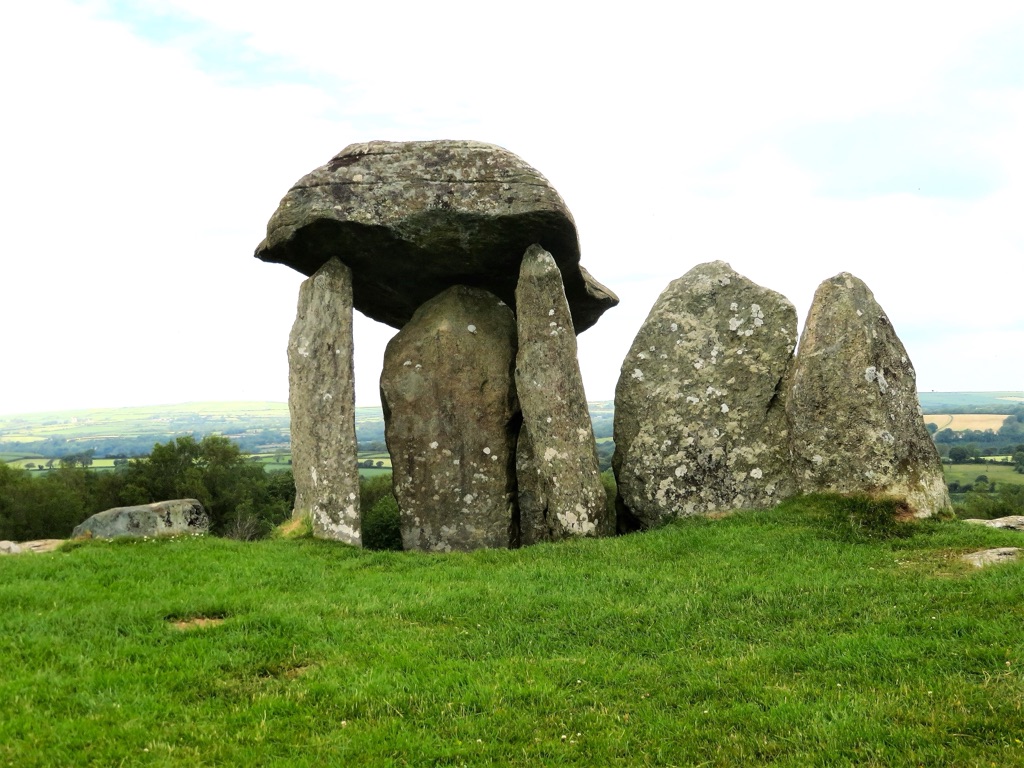Pentre Ifan is a prehistoric megalithic tomb located in Pembrokeshire, Wales. Known as a cromlech, it is the most popular and well-preserved dolmen in Wales. The structure dates back to around 3500 BC and is a notable example of a burial chamber, typically associated with the Neolithic period. Pentre Ifan consists of a large capstone resting on three upright stones, creating a chamber-like space beneath. It has been a subject of archaeological interest and speculation regarding its original purpose and the people who built it.
Get your dose of History via Email
Historical Background of Pentre Ifan
The discovery of Pentre Ifan dates back to the 18th century, with formal recordings by archaeologists in the 19th century. It was first mentioned in historical records in 1603. The monument’s builders were part of a Neolithic community that inhabited the region. While no definitive evidence exists about later habitation, the site’s prominence suggests it may have held significance for subsequent cultures. Pentre Ifan has not been the scene of any known historical events but remains an important symbol of prehistoric Wales.
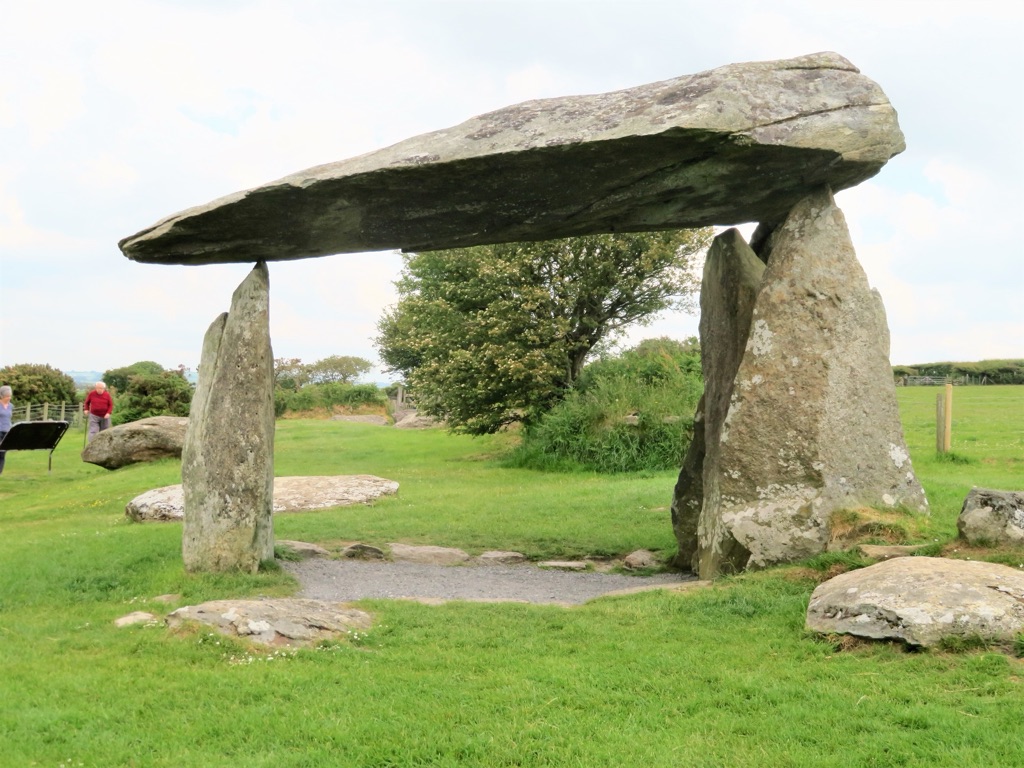
Archaeological excavations have not led to the discovery of human remains at the site. This absence has intrigued researchers and led to various interpretations of the site’s use. The structure’s alignment and location suggest it may have had astronomical significance. The builders of Pentre Ifan were skilled in megalithic construction, evident in the precise placement of the stones.
Throughout history, Pentre Ifan has captured the imagination of locals and visitors alike. It has been the subject of folklore and legend, often associated with mythical characters and stories. The site was officially recognized and protected in the 20th century, reflecting its importance to Welsh heritage. Today, it is a celebrated landmark, drawing tourists and scholars interested in prehistoric monuments.
The site’s historical importance is further emphasized by its status as a Scheduled Ancient Monument. This designation ensures its protection and conservation for future generations. Pentre Ifan’s enduring presence offers a tangible connection to the distant past and the mysterious people who once roamed the Welsh landscape.
Despite its age, Pentre Ifan has remained remarkably intact. Its survival through millennia speaks to the ingenuity and significance of its creators. The site continues to be a focal point for archaeological study and public interest, symbolizing the rich tapestry of human history in Wales.
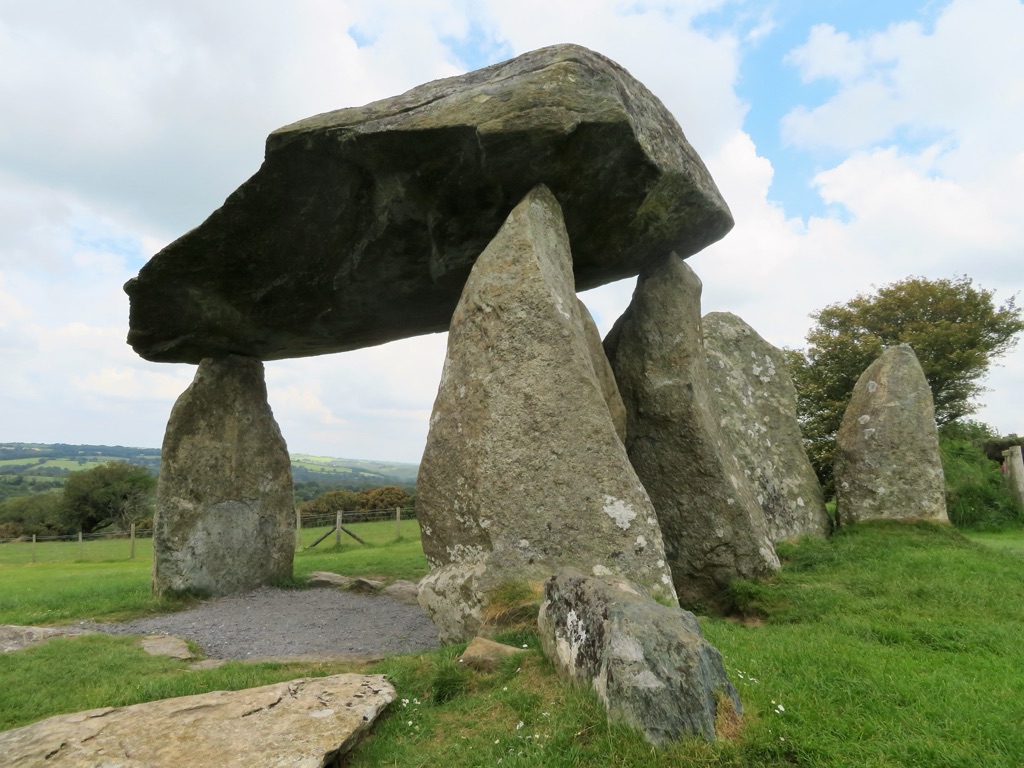
About Pentre Ifan
Pentre Ifan’s most striking feature is its massive capstone, which weighs an estimated 16 tons. The capstone measures about 5 meters in length and rests upon three upright stones. These supporting stones are embedded deep into the ground, demonstrating the builders’ understanding of stability and durability.
The dolmen’s design includes a portal-like entrance, which faces north. This entrance once led to a burial chamber, which was likely covered with earth or smaller stones to form a mound. Over time, these materials have eroded or been removed, leaving the skeletal structure visible today.
The construction techniques used to erect Pentre Ifan remain a subject of admiration and curiosity. The builders likely used a combination of manpower, wooden rollers, and levers to maneuver the heavy stones into place. The precision of the construction suggests a high level of planning and communal effort.
Architectural highlights of Pentre Ifan include the smooth underside of the capstone and the carefully positioned portal stones. These elements may have had symbolic significance, contributing to the sacred nature of the site. The dolmen’s enduring structure is a testament to the builders’ skill and the significance of the monument in Neolithic society.
Despite its simplicity, Pentre Ifan is an architectural marvel of prehistoric Wales. Its construction required a deep understanding of materials and landscape, reflecting the sophistication of Neolithic engineering. The site continues to inspire awe and respect for the ancient builders’ achievements.
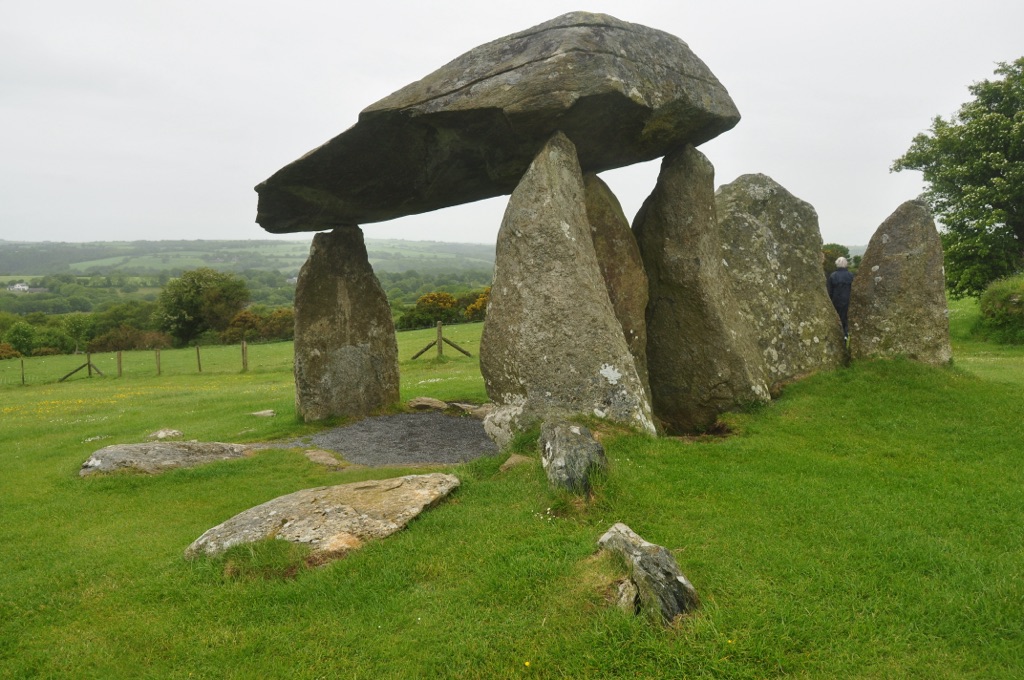
Theories and Interpretations
Several theories about Pentre Ifan’s purpose have been proposed over the years. The most widely accepted view is that it served as a communal burial site. This theory is supported by the tomb-like structure and its alignment with other Neolithic burial sites across Europe.
Some researchers have speculated that Pentre Ifan had astronomical alignments. These alignments could have been used to mark seasonal events or track celestial movements. However, definitive evidence supporting this theory is lacking.
The absence of human remains and grave goods at Pentre Ifan has led to alternative interpretations. Some suggest the site may have been a ceremonial space rather than a burial site. This theory considers the monument’s visibility and prominent location in the landscape.
Historical records and archaeological findings have been matched to provide a clearer picture of Pentre Ifan’s origins. Radiocarbon dating has confirmed the site’s Neolithic age, aligning it with the broader megalithic tradition in Europe.
Despite extensive study, mysteries still surround Pentre Ifan. Its true purpose and the rituals that may have taken place there remain subjects of fascination. The site continues to be a focus for archaeological research, with new technologies offering the potential for fresh insights.
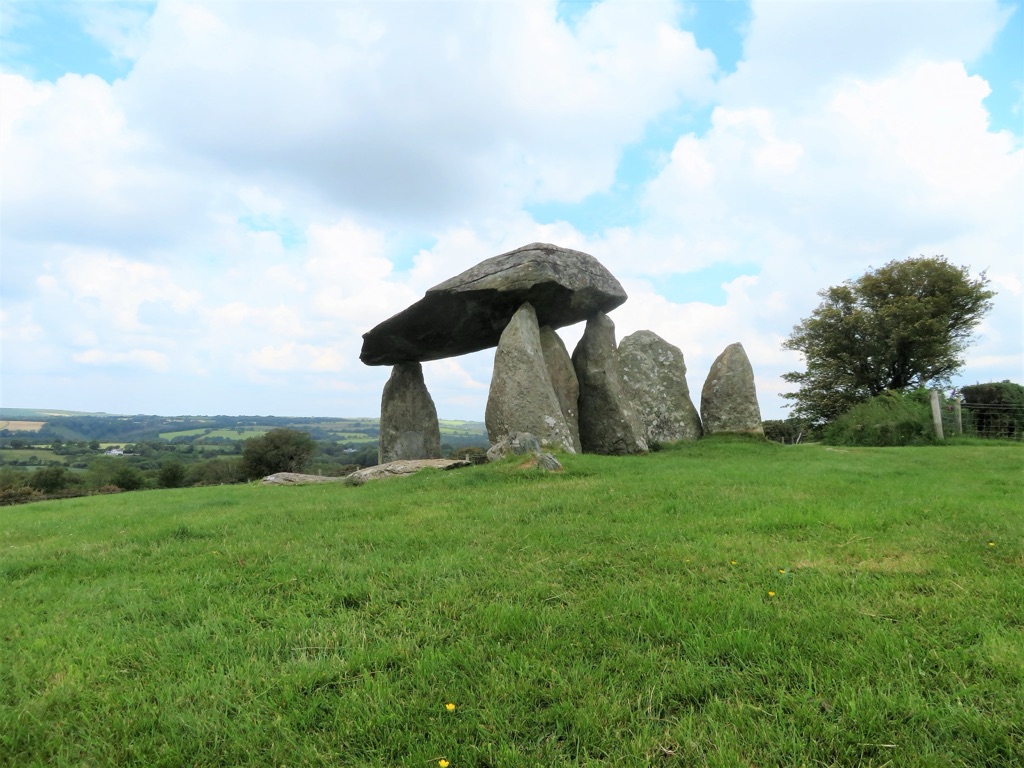
At a glance
Country: Wales
Civilization: Neolithic
Age: Approximately 5500 years old (circa 3500 BC)
Conclusion and Sources
Reputable sources used in the creation of this article include:
- Wikipedia: https://en.wikipedia.org/wiki/Pentre_Ifan

